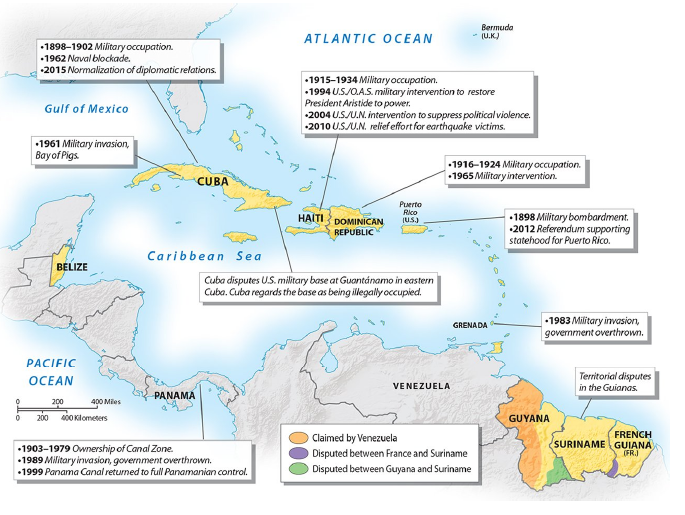Explain how response to hazards can vary based upon individual differences and type of exposure. Give examples, where appropriate
What will be an ideal response?
Different individuals may be more sensitive to hazards. Differences can be genetically based, can result from varying abilities of the body's organs to detoxify substances, or can be due to a person's overall condition. People in poor health are often more vulnerable to hazards. Sensitivity can also vary with sex, age, and weight. Fetuses, infants, and young children tend to be more sensitive to toxicants because of their small size and rapid growth. Acute exposure, which is high exposure for short time periods, differs from chronic exposure, which is lower exposure over long time periods. Acute exposures are easier to recognize because they often stem from discrete events such as accidental ingestion, oil or chemical spills, or a nuclear accident. Chronic exposure is more common and more difficult to detect and diagnose. Chronic exposure often affects organs gradually, as happens when smoking causes lung cancer or when alcohol abuse induces liver or kidney damage. Pesticide residues on food or low levels of arsenic in drinking water also pose chronic risk.
You might also like to view...
Describe and analyze the nature of U.S. involvement in the Caribbean from 1898 to the present.

What will be an ideal response?
The Lower Triassic Moenkopi Formation is mostly composed of marine sediments. Indicate whether the statement is true or false
Subsidence inversions:
A) are less important than frontal inversions. B) often lead to increased pollution in Los Angeles. C) are common on the windward slopes of large mountain ranges. D) are common on the western margins of large high-pressure areas.
The most persistent problem in Africa's political geography is the low literacy levels across the continent
a. True b. False Indicate whether the statement is true or false